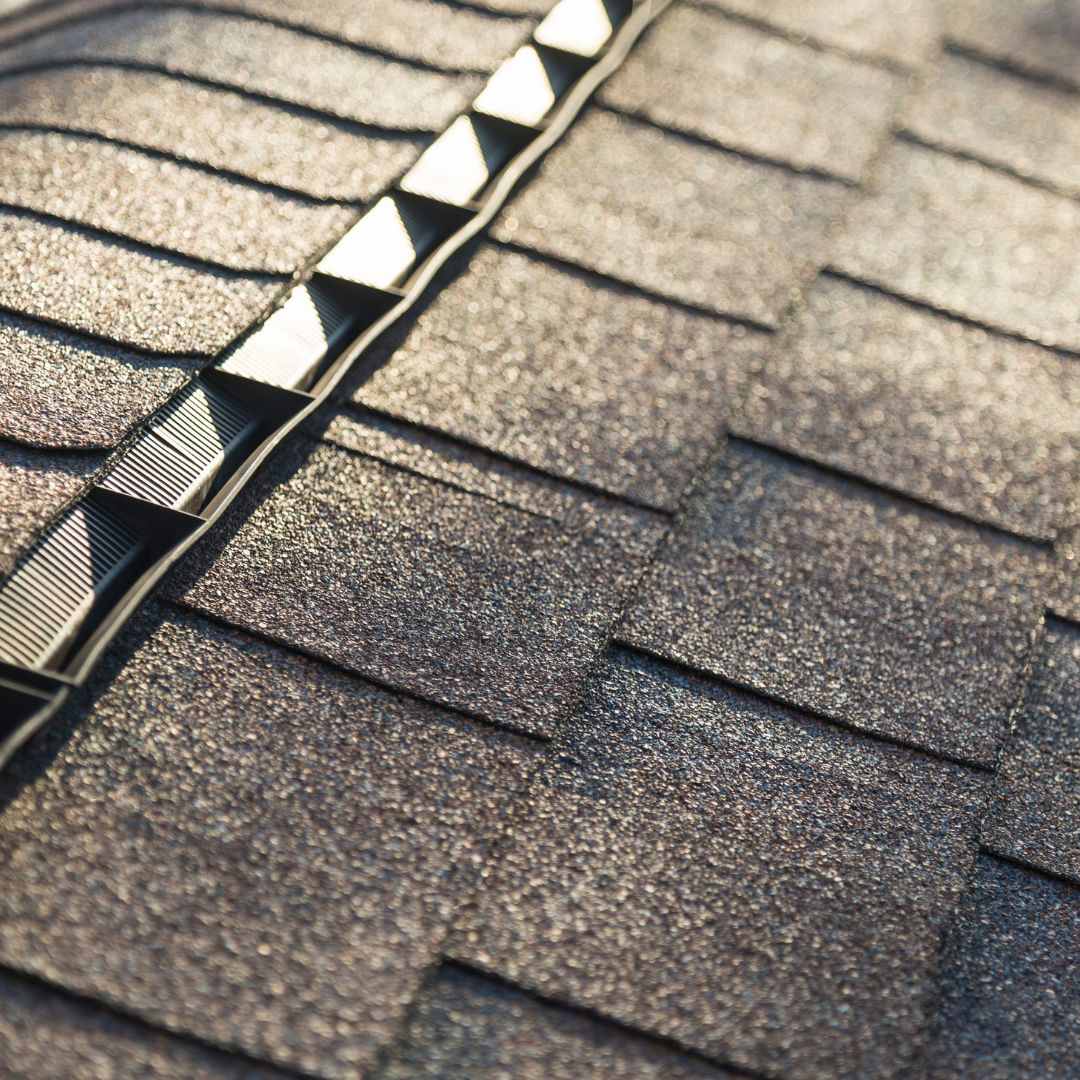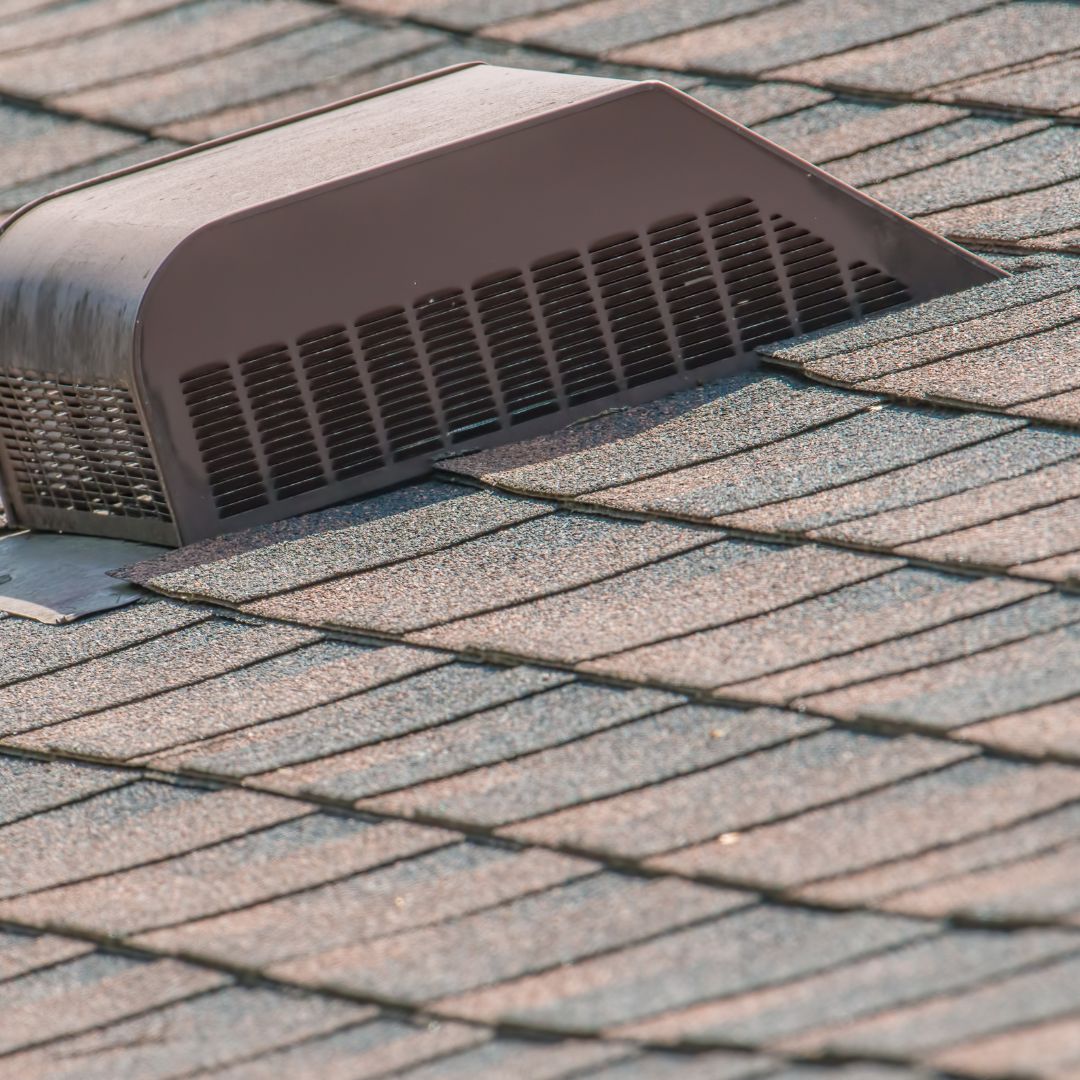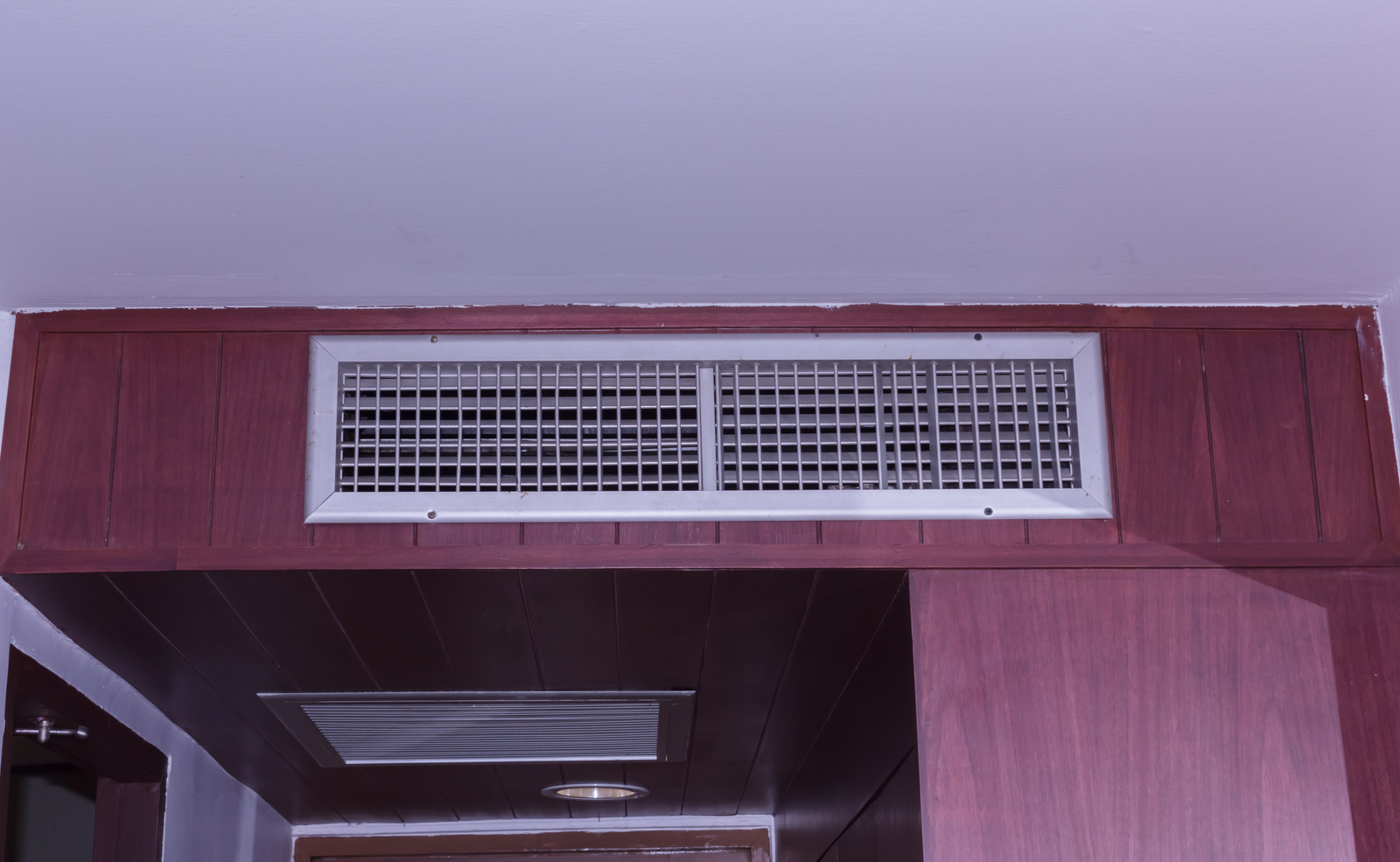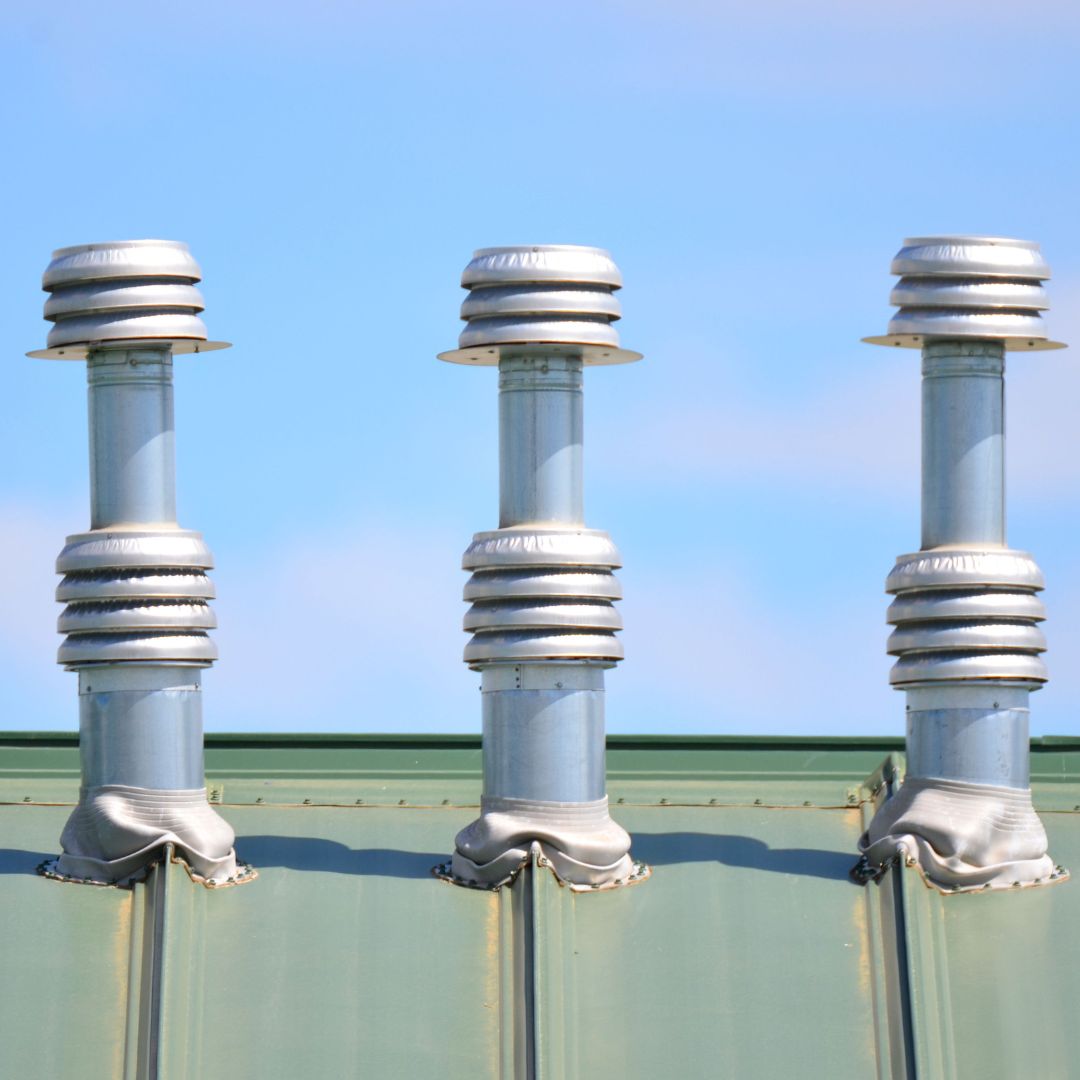The attic getting too cold or too hot during the summer season or winter seasons can be a severe problem down the lane. Still, fortunately, we have roof vents to fix the consequences of extreme temperature changes. Yet, there are many roof vents types, and you must choose the suitable types of roofing vents for roof vents installation. Different roofs can call for various roof vents, but they all have the same goal: good roof airflow.
Top 6 roof vents types

1. Types of roofing vents- powered attic vents
It is also known as powered attic ventilators or attic power vents; they are electric-propelled fans that help pull stale air out of attic space. They work like a box fan placed in a window on a hot sunny day. They can efficiently pull the hot air out but have higher electricity costs. Overall, one primary purpose of attic ventilation is to keep your attic at a constant temperature. In the summer season, the space may be a little warmer and a little cooler in the winter, but we are trying to avoid extreme temperature fluctuations from season to season.
2. Solar-powered vents
Solar-powered vents are like power vents but use the sun as their power source. These solar-powered vents sound great from an energy saver standpoint, but the vent turns off when the solar-powered battery is charging. The solar panel won’t hold a charge long enough to run the vent the whole day due to the power needed to run the motor.
3. Roof vents installation-Whirlybird roof vents
There are types of roofing vents; a whirlybird is a well-known wind-powered ventilation system that cools our homes. They feature a bulbous form outside with fins on the exterior that allow the unit to spin in the wind. As a result, a vacuum is created, forcing warmer air out of roof cavities, thus cooling your home.
4. Roof vents types- box vents
Suppose you have seen that black and shiny box were sitting atop the roof; that is what we call the box vent. The box vent is not powered by electricity and is ideal for open attic plans. They are also a great combo for a soffit intake vent. However, roof vents installation like the off-ridge vent does not cover a lot of space, so you must install more if you have a big home.
5. Off-ridge vents

Off-ridge vents are lesser-known vents and work similarly to box vents. Off-ridge vents need a cutout in the roof. They are then mounted in the cutout, usually near the ridge. These are long and thin in shape. These vents eliminate moisture and hot air from your attic or roof space.
6. Cupola vent
Cupola vents are less known than all roof vents types. However, these are the most smartly designed vents installed on the ridge of the roof. These are undoubtedly large but work effectively for structures like barns, outbuildings, and sheds. These vents let in lots of air inside to keep the stuff inside the building dry.
Final words
Fairfax Air Cleaning adopts the latest techniques that offer 100% satisfaction for different types of roofing vents. However, every home has its requirements. Hence, before going forward with roof vents installation, get an opinion from an expert like Fairfax Air Cleaning. If it has been a year or longer since you last did your roof vents cleaning, now is the right time to make your appointment.
Contact us today for any queries about roof vents types.





